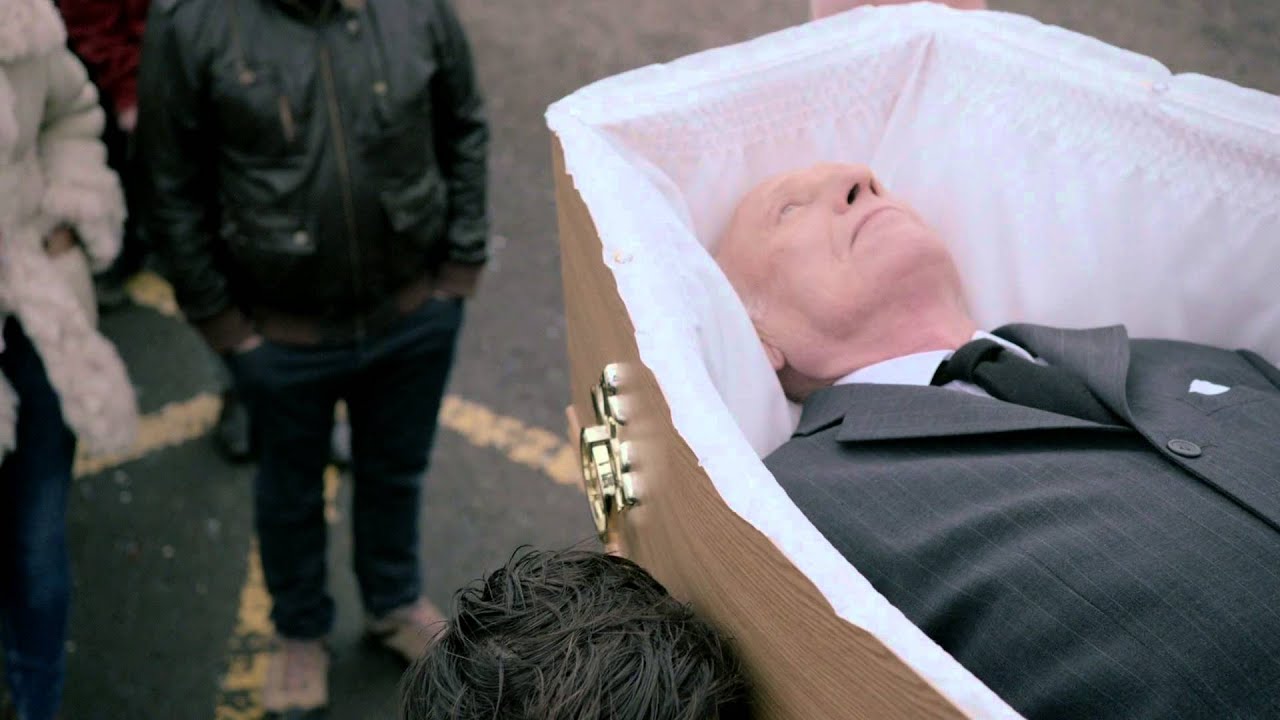In 1929, Dziga Vertov released Man With a Movie Camera, an exquisitely frenetic collage of city life in Moscow, Kiev and Odessa. It was the peak of the city symphony genre, a loose and fluid style of experimental filmmaking that emerged in the 1920s and sought to capture something of the essence of urban experience.
Today, the city remains an irresistible subject for many accomplished and daring directors, particularly those playing with the documentary form. Terence Davies, for example, made unctuous poetry of Liverpool in 2008’s Of Time And The City. Patrick Keiller’s revelatory and revisionist London (1994) rendered the documentary essay the weapon of choice for film students everywhere. The likes of Jem Cohen, Guy Maddin and, of course, Chris Marker – to name just a few – have lifted extraordinary material from the streets of various metropolitan landscapes. And now Mark Cousins, the passionate cinephile behind The Story Of Film: An Odyssey (2011), has turned his attention to his place of birth for I Am Belfast.
As with many of his aforementioned predecessors, the director adopts an eccentric approach that combines observational documentary methods with overtly dramatic techniques more akin to fiction. While most of the footage, beautifully shot by Christopher Doyle, was gathered on location around the city, the scripted commentary is delivered by a 10,000-year-old female personification of Belfast, who takes us through a disjointed, idiosyncratic history. Played by Helena Bereen (Hunger), the weathered but stoic, even statuesque, guide – wrapped in a blanket, her hair pinned back – proclaims: “I am the place.” And she assures us there’s magic here.
Cousins, who traversed each and every street as research, wanted to create the impression of how it feels to walk through a city. That means not only looking straight ahead and thinking clearly about what’s before you, but also deviating from the path and digressing into daydream, where other modes of perception and experience reside. His outlook seems most connected to Keiller, who was said at the time of London’s release to have been attracted to the surrealists’ notion of changing a city by altering the way we look at it. The result of this experimentation is an ethereally poetic and self-reflexive piece that presents an alternative version of Belfast far removed from that portrayed by the general media. It’s refreshingly new.
The film begins by locating the city behind an industrial mountain of salt, below which Bereen strolls. She poses rhetorical questions, making way for fresh ideas, and Cousins joins in the conversation. We are then presented with a combination of mundane, prosaic scenes – elevated by the painterly dexterity with which Cousins and Doyle approach colour – and sublime images celebrating the beauty of the stunning coastline, the skies above and the way light falls on the metropolis. We amble back in time with an evocative sequence composed from archive footage, which seems to pay direct homage to Davies’s Of Time And The City, and enjoy an assortment of anecdotes and all manner of interesting facts.
That Cousins wanted to get away from the typical representation – the one epitomized by violence and war – doesn’t mean that he ignores the Troubles altogether. In fact, the comparatively short stretch he dedicates to the period of conflict is as shocking and compelling as any. He explores devastating instances, such as the bombing of McGurk’s Bar and the killing of three off-duty soldiers in the surrounding hills – visited, he adds, by Dickens, a great city walker himself – with sensitivity, innovation and brutal honesty. He tells the narrator not to soften the story, so she candidly describes how “the two sides in our war went wild.”
But more significant than the war is peace; Cousins is clear about this, and he seems optimistic. A staged scene towards the end of the film imagines the death and funeral of the last bigot in Belfast. A motley procession marches with the coffin towards a brighter future, which lies somewhere beyond a busy overpass. Moreover, just as important as the big, newsworthy stories are the millions of micro-narratives, the day to day stories that make up the complex system of the city. In a highly dramatized and hilarious climax, a bus driver, in moment of epic existential heroism, turns his bus around to retrieve a bag of shopping left in the street by a passenger. Bereen, with a tear in her eye, says: “Multiply that story by a thousand and you’ve got me.” Belfast.
It’s not a perfect film, however. Cousins has the propensity to linger too long on an idea or image and thus undermine its impact. He can also throw in a few too many ideas at once, so that what is a generally well-controlled stream of consciousness occasionally becomes overly pretentious and somewhat cluttered. For the most part, though, I Am Belfast is a bold and richly expressive work that’s well worthy of a place in a long line of prestigious city films. And David Holmes tops it off with another brilliant score.
I Am Belfast is in selected cinemas and available on the BFI Player from today



